
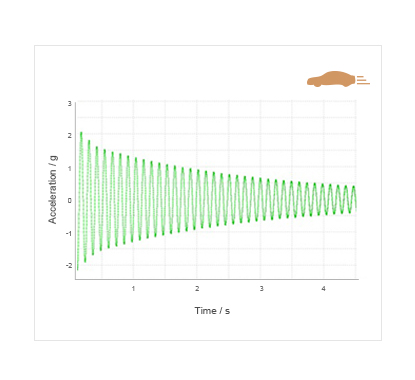
Used to measure the acceleration value of three-dimensional space, any form of motion can be displayed its acceleration value directly, and has vector property. For example, measurement the gravitational acceleration value in local, or changes of acceleration when people in motion.

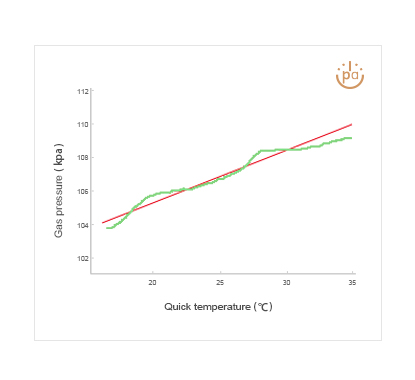
For measuring the atmospheric pressure of the surrounding environment, can sensitively reflect the changes of atmospheric pressure due to the change of elevation. In the experiment, it is helpful for analyze the effects of atmospheric pressure on experiment, to make the experiment more accurate and more scientific.

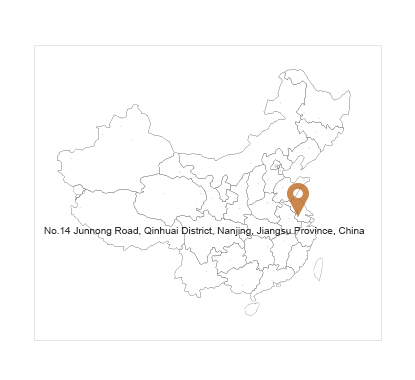
The positioning function in GPS sensor, can find the georeferenced of experimental location, the error of positioning accuracy is no less than 2m, and can record the moving tracks of position. We also can use the GPS sensor to record different experimental location, to explore the differences of experiment in different area.

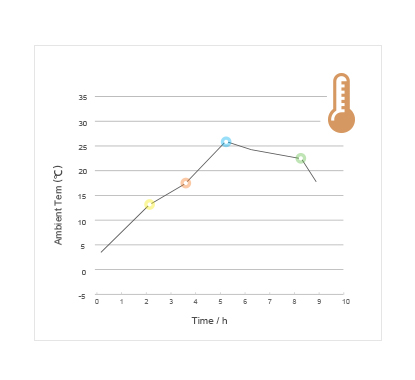
For measuring the ambient temperature, especially for some experiments have huge effect that produced by temperature, can according the current temperature to adjust a right environment for the experiment. Furthermore, can also used to monitor the change of air temperature throughout the day.

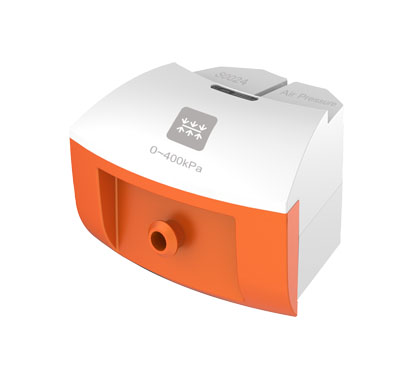
Air pressure sensor is used to measure the absolute pressure of air, it is connected with the exterior air under measurement by a hose at the front side, whereas the hose and the sealed vacuum reference cavity inside the sensor forms a pressure difference; after the pressure difference is converted into a voltage signal, its output voltage forms a direct proportion to the absolute pressure.
- Boyle's Law
- Charles' Law
- Study the relation between liquid boiling point and pressure

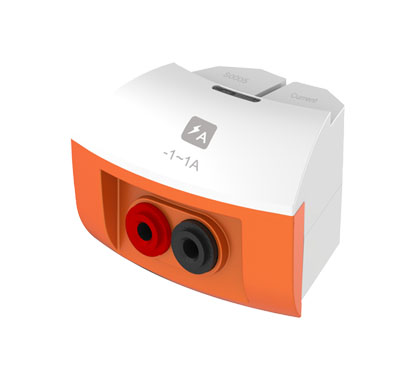
Current sensor is used to measure the current in circuit. When current is passing the sampling resistance, it will form a tiny electric potential difference at both ends of the resistance; after enlarging the circuit, it can be available to measure the current accurately in DC circuit or low voltage AC circuit.
- Measure the electrodynamic potential and internal resistance of battery
- Measure the VA characteristic curve of conductor
- Ohm's Law
- Serial-parallel circuit of resistance

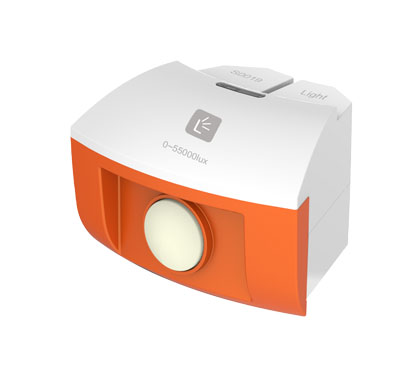
Light sensor uses the silicon photoelectric cell as the sensing element; it can convert the light intensity into a voltage signal, keeping a direct proportion. For the sensor, the effective light spectrum is in a range of 380nm and 730nm, it is an ideal intensity sensor for visible light.
- Study the relation between illumination intensity and distance
- Study the diffraction, interference, polarization of light
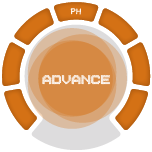
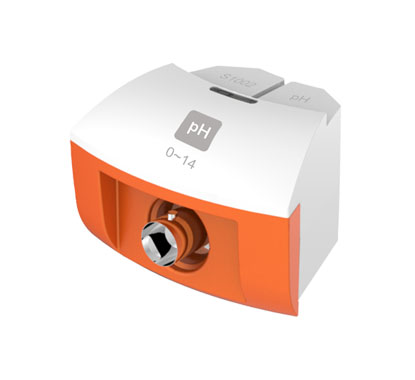
The pH electrode composes of an internal reference electrode and an glass electrode. It is mainly used to measure the hydrogen ion concentration of a solution and show the pH value of the solution.
- Acid-base neutralization titration
- pH value of different solutions
- Acidity of phenol
- Mechanism of organism for maintaining pH stability
- Study on impact of pH value on pectinase activity

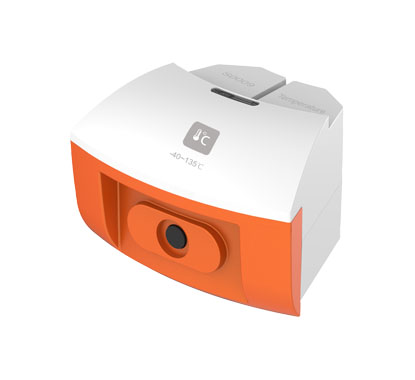
Temperature sensor adopts the NTC electronic temperature sensing element, when the ambient temperature changes, the NTC resistance changes accordingly. Normally the temperature needs no zero calibration and with relatively higher stability; therefore, the temperature sensor is rather popular in the low-middle temperature measurements.
- Cooling water naturally
- Liquid’s evaporation cooling
- Work-to-internal energy conversion
- Study the relation between liquid boiling point and pressure
- Study the thermoelectricity phenomena
- The convex lens convergence effect

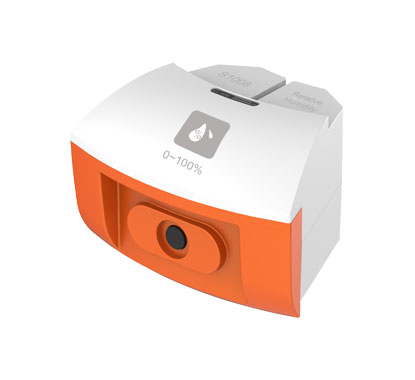
The relative humidity sensor is designed based on the sensitive humidity prototype, namely a polymer capacitance, and its capacitance will vary with the environmental humidity. The humidity sensor is designed to monitor the relative humidity of air.
- Measurement on the change of environmental humidity
- Hydroscopicity of the concentrated sulfuric acid
- Design and make an ecological cylinder and observe its stability

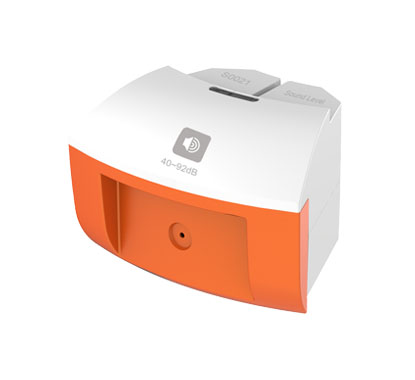
The sound sensor not only can measure the strength of sound (dB) within two measuring ranges, but also be used to measure the wave form (mV) of sound directly. With a frequency response rate, so that the sound sensor can measure sound speed and catch sound’s wave form.
- Measure the level of sound intensity
- Measure the environmental intensity of noise
- Measure the velocity of sound in the air
- Synthesis of sound wave
- Resonance of sound wave

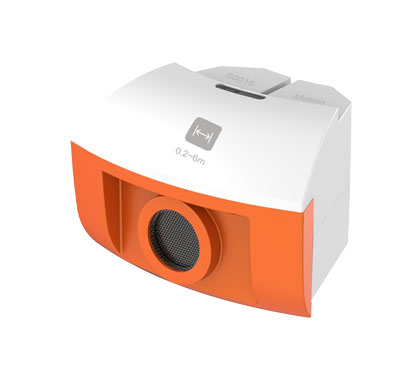
Motion sensor is a sonar equipment emitting ultrasonic pulse, it receives signal through the reflection of object, and then measure the time T when the high frequency sound wave goes around between the object and sensor; in accordance with the speed of sound in air, i.e. V, it can calculate the distance between the object and the sensor, i.e.: d=V*T/2.
- Explore the simple harmonic motion
- Forced vibration
- Uniform linear motion, uniform variable rectilinear motioVoltage sensor

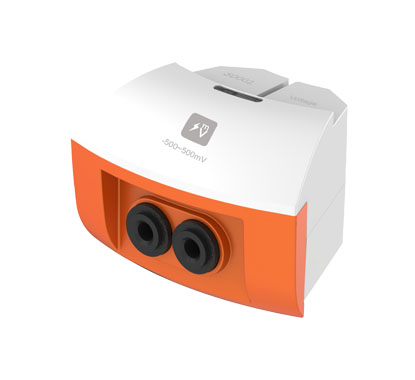
Micro voltage sensor is used to measure the electric potential difference at both ends of electric equipment or circuit. After dividing the voltage collected by the circuit of the micro voltage sensor, it is then allowed to measure the micro voltage in DC circuit or low-voltage AC circuit.
- Lenz's Law
- Electromagnetic induction
- Faraday's law of electromagnetic induction
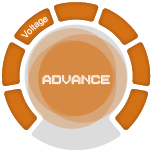
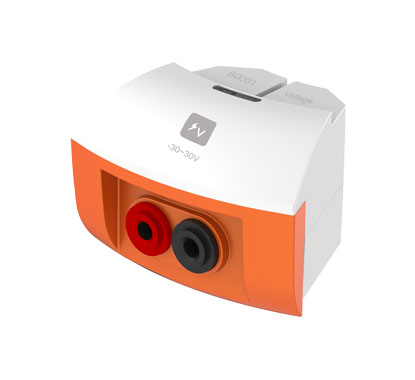
Voltage sensor is used to measure the electric potential difference at both ends of the electrical equipments or circuits, after the circuit of voltage sensor transfering the voltage it collects, then it can realize the measurement. The voltage sensor can be used in the DC circuit and low voltage AC circuit.
- Measure the VA characteristic curve of conductor
- Ohm's Law
- Serial-parallel circuit of resistance
- Electromagnetic induction phenomena
- LC oscillation

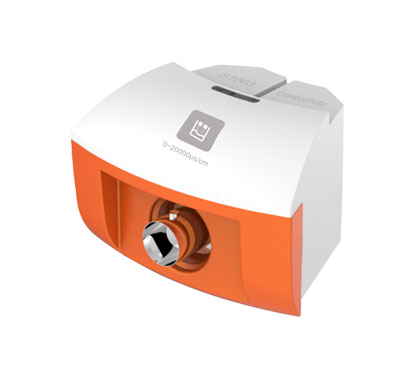
The conductivity sensor is used to measure the conductivity of solution and its change. It could't distinguish the category of solution's ions, but can determine the total ionic concentration of solution.
- Comparison on the conductivity of different water
- Reaction of phenol and saturated bromine water
- Study on the purity of drinking water
- Relation between cell size and material transport

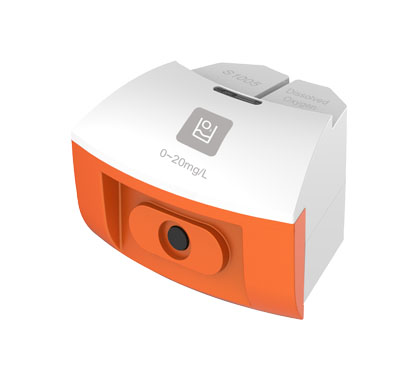
The probe of the dissolved oxygen sensor works as per the polarogram measurement principle. The probe electrode composes of the anode, cathode and membrane. When is usage, immerse the electrode into the solution and apply the electric potential between the anode and the cathode to generate the electrochemical reaction.
- Study the breathing way of saccharomycetes
- Study the dissolved oxygen of different water
- Factors that affect plant photosynthesis

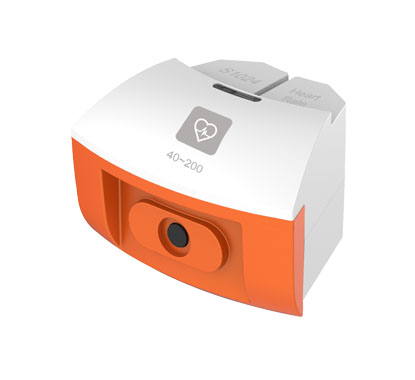
Heart rate sensor is an experiment device used to detect the heart rate of human body. Simple and safe operation, can real-time measure the human heart rate value.
- Test on human heart rate

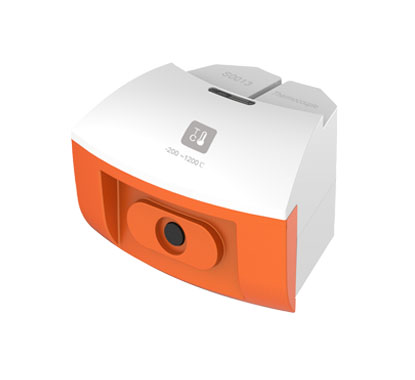
The thermocouple sensor can be used to measure higher temperature. In the physical and chemical experiment of middle school (detecting the melting point of crystal and temperature of chemical reaction), it can measure the temperature of flame directly, there is no need to worry about whether the cable could be damaged by high temperature.
- Study on the melting point of crystal
- Measurement on temperature of flame
- Liquid cooling via evaporation
- Study on the thermoelectricity phenomenon
- Study on temperature change law when a solid melts

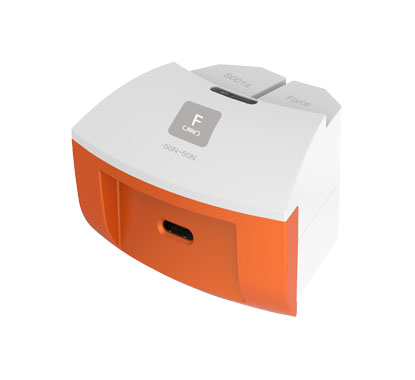
Force sensor has adopted a resistance strain member to convert the force into the voltage message. When the strain member is in use, the resistance value of the metal filament varies with the change of its shape; inside the sensor, fixed on a metal cross girder structure, when the metal hook is under a force, the metal cross girder will deform, thus the resistance attaching onto the cross girder deforms accordingly, where the resistance value changes too.
- Hooke's Law
- Newton's Third Law
- Theorem of momentum
- Explore the simple harmonic motion
- Overweight and weightlessness
- Archimedes' Law